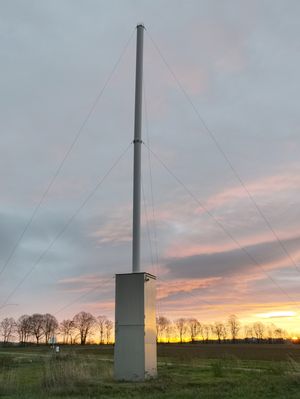Aphid - Identification through artificial intelligence – the AI² project
ALM - Adaptive Learning Machines - GmbH, Julius Kühn Institute

AI methods are used to automatically identify aphids in arable crops, the most important harmful insect pests in Germany. Aphids can damage plants through their sucking activity and through the transmission of viruses, causing plant diseases. Targeted control is possible through early identification and detection measures.
For an optimal aphid pest control, it is important to know their temporal and spatial occurrence and to correctly identify individual species. This identification, based on morphological features, is extremely time-consuming hence costly and, due to the complexity, requires high expertise. In the practice of pest insect monitoring, shortages of personnel often arise at the crop protection services during the peak of the migration phases.
The project partners developed a software-hardware solution based on deep learning and the use of artificial intelligence (AI) for an automated detection and classification of aphids from mass catches, such as suction traps or yellow pan traps. This includes an AI model consisting of a segmentation module and a classification module. During segmentation the aphids are visible in the microscopic image. They are separated from the background and from any occurring bycatch. The image sections of the identified aphids are then passed on to the classification module, which carries out species identification and enables counting.
Automated identification of flying organisms has great potential for supporting ‘sustainability of agriculture’. Comprehensive flight data collected across the board allows to generate forecast models and enables the crop cultivation systems optimization. In addition, the assessment of an influences of global warming on the spread of harmful organisms are also possible.
All of these aspects will allow monitoring to be expanded in the future, including a further improvement of early warnings.
